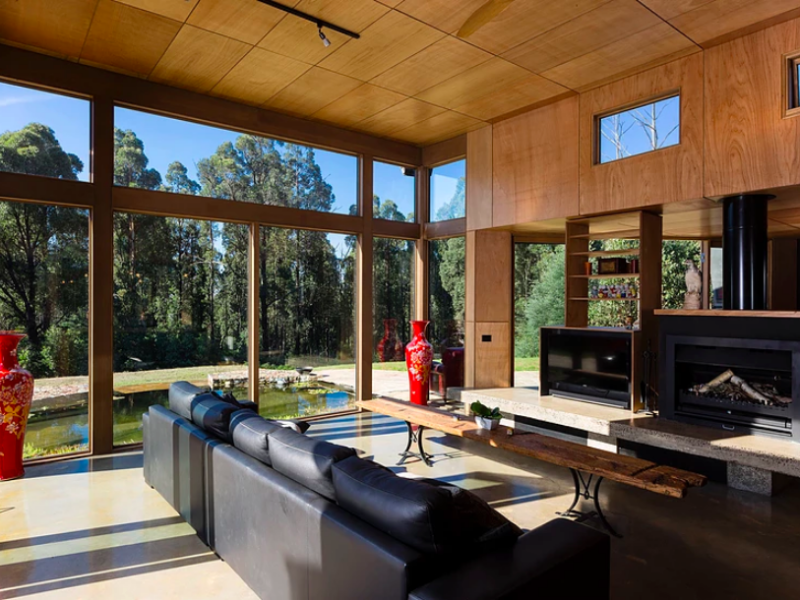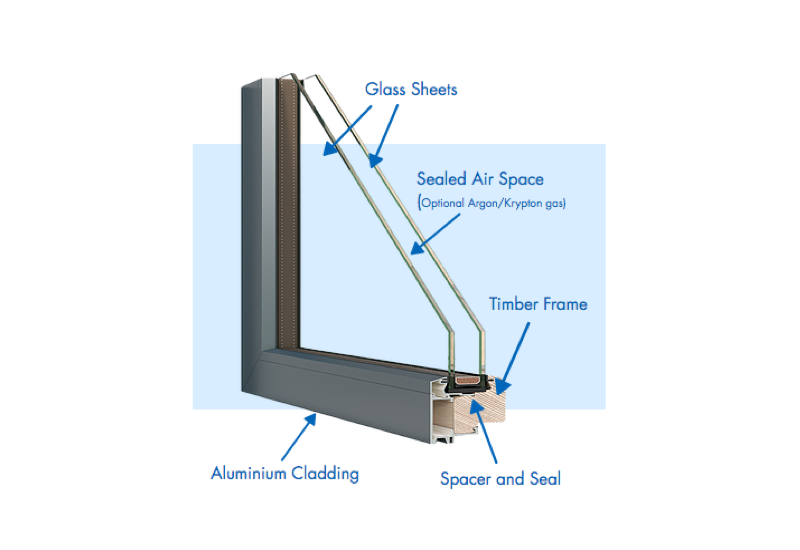How does double glazing work?
Double glazing, or an Insulated Glazing Unit (IGU), is two sheets of glass separated by a pocket of air, or inert gas (argon/krypton), to provide an insulative thermal barrier. In Australia’s environmental conditions, the space between the glass is designed to be around 14mm for optimal performance, ensuring there is no movement in the air causing thermal convection.
If you imagine putting hot coffee in a thermos flask versus a plastic container which product will retain its temperature for longer? This concept is the same for Double glazing versus Single Glazing.
The increased thermal insulation of the double glazed unit provides many benefits to the home, including minimising ambient heat gain in summer, and minimising heat loss in winter providing a more consistent temperature and reducing the requirements for heating/cooling the home.
The interior surface temperature of the glass is also closer to that of the inside of the home in an IGU and this greatly increases the Condensation resistance of the glass.
Double glazing is standard across the Miglas Aliclad range, which offers superior thermal performance in comparison to that of single glazed products.
Depending on what you want to achieve different glass mix solutions are possible for your double glazed windows.
-
Stop Heat Gain / Loss
-
Noise Control
-
Bushfire Safety
-
Self Cleaning Coatings
-
Low U-Value
-
Security & Safety
-
Shading/Solar Control
In the Miglas Aliclad Fixed Window, low-e double glazing provides a U-Value of 1.7 and a SHGC of 0.55. By achieving a lower U-value, a household can save significantly on power bills. To learn more about U-values, please head to our website.



